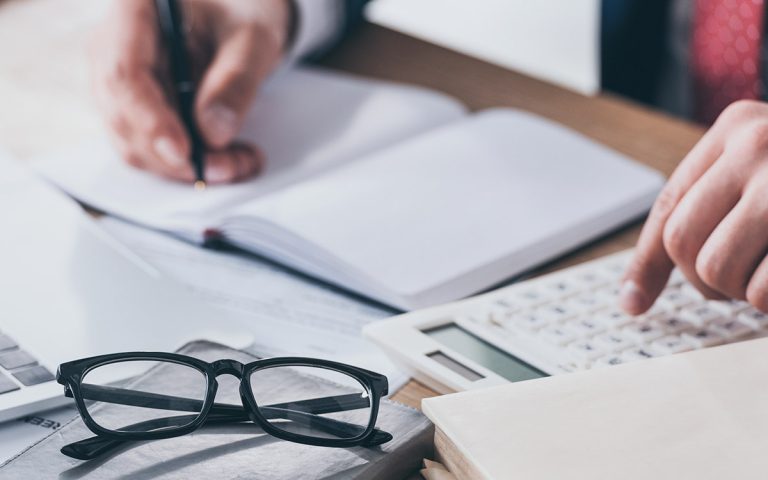Buying a home is likely the biggest purchase you will ever make, taking years to plan and save. Putting aside enough for a down payment and closing expenses can seem almost impossible at the beginning. But we’re here to help you break it down to manageable steps so your dream can become a reality
1. Develop a strategy for buying your home
Sure you can start by setting aside savings for the downpayment. But you need to go deeper than that and understand what you want from the house you’re dreaming about. Are you a first-time homebuyer? Do you need a large space, or are you looking for something modest? Where do you want to buy your house? Are the schools important to you? Asking yourself these questions and more will help you determine the purchase price, which will then let you know the size of the down payment you need.
2. Saving for a Down Payment: Traditional and Innovative Methods
A savings account is the most basic way to put your money while you save up for a downpayment. But if you are willing to take on a little bit more risk, you should look into these options.
- High-Yield Savings and Money Market Accounts: A traditional way to save for a house is through savings accounts, specifically high-yield savings or money market accounts. These offer higher rates than regular savings accounts, helping your money grow faster.
- Invest in Real Estate or the Stock Market: For those willing to take on more risk, investing in real estate or stocks can offer higher returns. Micro investments and diversified portfolios can help your savings grow significantly over time. If you are wondering how to invest in penny stocks and make money, this could be an alternative way to increase your savings for a home.
- Retirement Accounts and IRAs: While typically used for retirement, certain accounts, like IRAs, can be used without penalty for a first-time home purchase. However, it’s important to consider the long-term impact on your retirement savings.
3. Managing Your Mortgage
When it comes to managing your mortgage, understanding the basics can save you a lot of stress down the road. Here are a few key things to keep in mind when navigating your home loan:
- Understanding Mortgage Types: It is crucial to know the difference between an FHA loan and a conventional loan, for instance. FHA loans are popular among first-time homebuyers because they require a lower down payment. However, they also have their own set of rules and costs, like private mortgage insurance (PMI).
- Interest Rates and Monthly Payments: Keep an eye on interest rates, as they significantly affect your monthly mortgage payment and the total cost of your home loan. A lower interest rate can save you thousands of dollars over the life of your mortgage.
Ready to take the next step
Saving and investing wisely are keys to buying your dream home. Whether it’s through a high-yield savings account, automated investing in the stock market, the right strategy depends on your personal financial situation and home-buying goals. For more insights on automatic investment apps and other financial tips, be sure to explore our other articles.
If you’re ready to start your homebuying journey, Finhabits can help. Take our homebuying journey to learn more and look into our automated investing options to help you achieve your money saving goal for a downpayment.
FAQs
How much should I save for a down payment?
Traditionally, it’s recommended to save 20% of the home’s purchase price, though this can vary depending on the loan type and lender. Some programs, like FHA or VA loans, may require only 3-5%. Consider other costs too, such as closing, moving, and potential repairs. Consulting with a financial advisor or mortgage lender can help you determine the best amount for your situation.
Is it better to invest or save for a house?
It depends on your risk tolerance and timeline. For a shorter timeline (a few years), saving in a high-yield account or CD may be safer. For a longer timeline, investing in stocks or real estate could offer higher returns, but with more risk. Consider your goals and comfort level with risk when making this decision.
What are some ways to make extra money for a house down payment?
Consider side hustles, freelance work, or other ways to earn additional income. Every extra dollar can be directed toward your down payment savings.
- Round up and invest: Use round-up investment apps to automatically invest spare change from everyday purchases.
- Micro investment: Consider micro investments to slowly grow your savings over time.
- Freelance work: If you have skills in writing, graphic design, web development, or photography, consider freelancing to earn additional income.
- Sell unwanted items: Declutter your home and sell unwanted items on platforms such as eBay or Facebook Marketplace.
By finding creative ways to earn extra income, you can accelerate your savings for a house down payment.
Should I pay private mortgage insurance or save up to 20%?
PMI allows you to buy a home with less than 20% down, but it adds to your monthly payment. Weigh the cost against the opportunity to buy a home sooner. Ultimately, the decision to pay PMI or save up to 20% for a down payment depends on your personal financial situation and priorities.
Can I use money from a retirement account to buy a house?
Yes, first-time homebuyers can withdraw from an IRA without penalty, but it may affect your retirement savings. Be aware of tax implications and the potential loss of growth for future retirement. It’s best to consult a financial advisor or tax professional before withdrawing funds.
Remember, when you plan to buy a house, every financial decision counts. Stay informed, explore invest and auto investments, and you’ll be on your way to owning your dream home.





